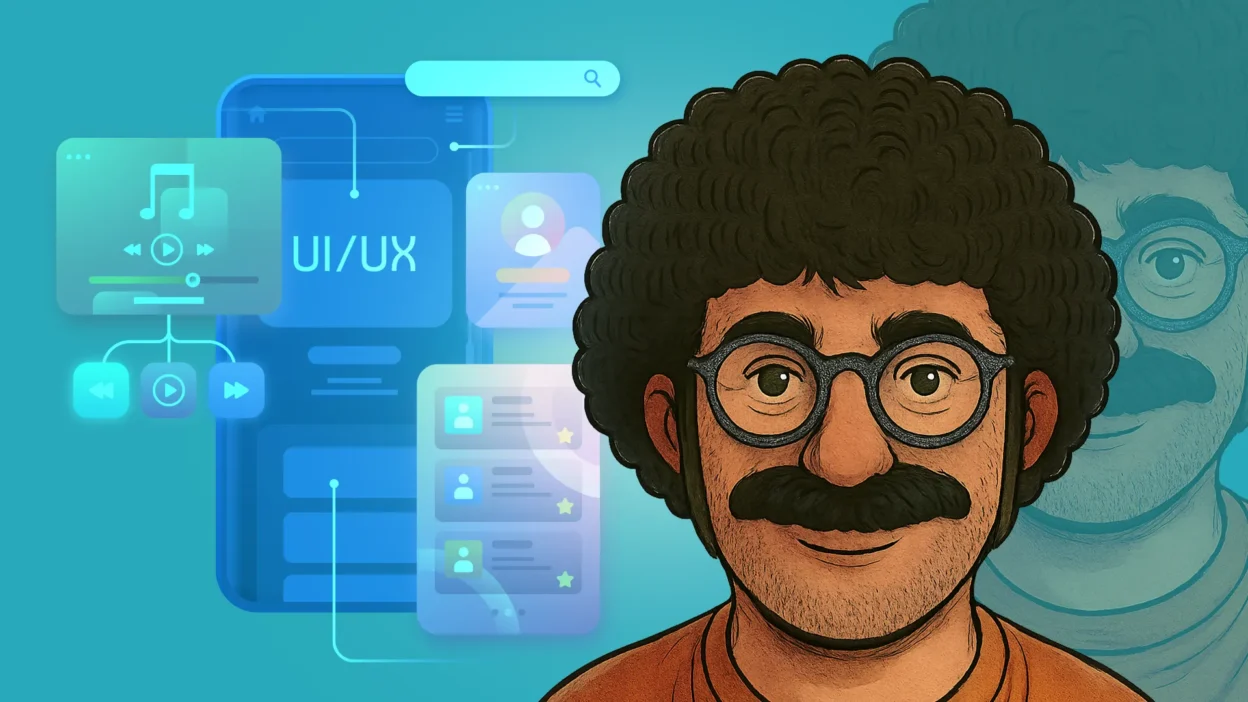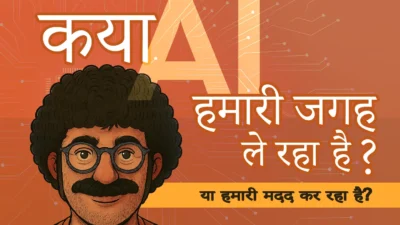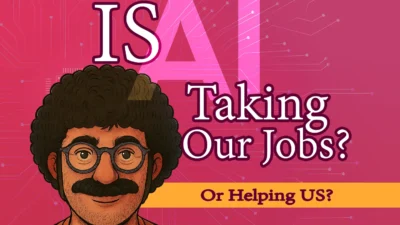How New Designers Should Start a Project: Leave Fear Behind and Build Confidence
Hello my dear beginner brothers! Today we’ll talk about one of the most common problems every new designer faces. I also see myself from a beginner’s point of view so that you can better relate.
Look, when we start a new project and get a brief or some document, the biggest problem is that we don’t know how to start. The main reason is that we are new and don’t have enough experience to begin a project.
When you join a new company, the first challenge is the fear of making a mistake. This fear sits inside us. New company, new people, hesitation — all pull us down.
Be confident, but not over-confident
So, the first thing is to be confident, but not over-confident. When you’re confident, things naturally improve. Usually, you don’t get a project immediately. For the first week or two, you get time to adjust to the company environment and build confidence.
Notice this: even if you ask an experienced professional right after a meeting what their next step is, they won’t immediately answer. They say, “Send me the document, I’ll read it and then tell you.” This confidence is missing in new designers because they always fear making a small mistake. But the truth is, it’s not a mistake, it’s just a fear.
Food App Example: Why Understanding the User Matters

Let’s take a food app as an example. How is a food app helpful for a bachelor? A bachelor is often lazy to cook or likes to eat tasty food every day. So, the food app solves this problem.
Whoever designed this app must have observed this problem in society. The client came with a product to solve this kind of problem. That’s why I say always keep your target audience at the center of your project. Think around how this product solves a particular problem for them.
What did the food app think? That the next person should get food while sitting at home. So what was the solution? It picked food from a restaurant and delivered it to the user’s home.
Now a UX designer has to think from the user’s perspective: how to make this app better and more trustworthy so that the user makes it their primary app.
What is the user’s biggest problem? They need food quickly. So the app added a quick delivery feature.
They want good food. So the app showed top-rated restaurants.
They like different types of food. So the app gave various menus and categories.
How to understand user preferences? As the user orders more, the app learns what kind of pizza or food they like.
That’s why a UX designer has a special advantage. They take both sides — they listen to the client and the user. By understanding both needs, they create a solution that benefits both.
Understand Your Target Audience

When a project requirement arrives, first understand who the product’s target audience is. Is it for the elderly, youth, children, or women? Until you understand the user or target user, you will always be confused.
But once you start understanding your actual target audience, 30-40% of your difficulties will end there. This happens when you start thinking from the user’s point of view. Think about the product and see which user problem it solves. Put yourself in that user’s place and ask if this product really solves my problem effectively.
Use Generative AI, but Smartly
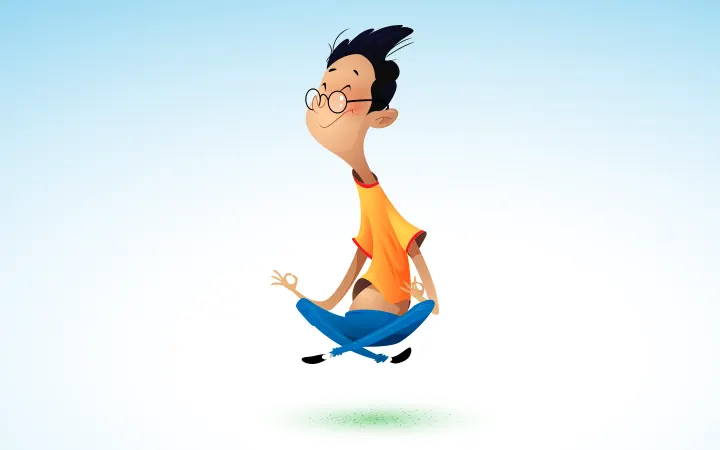
Today, generative AI tools like ChatGPT or Gemini are perfect solutions. If you want to write an article on a topic, you would normally spend hours researching, reading many pages, and then creating a final draft. But you can do the same quickly and easily by prompting AI.
Similarly, in your project, first identify the user. Ask the client and project manager what they know about the user. After knowing the user, see what problem your product solves for them.
For example, take a food delivery app.
How is a food app helpful for a bachelor? He is lazy, can’t cook, or wants tasty food. The food app solves this problem. The designer saw this problem that people want to order their favorite food while sitting at home.
Now the UX designer has to think from the user’s perspective on how to make the app better and more reliable. The user wants food quickly and likes different types of food. Understanding this, the designer adds features like quick delivery, personalized menus, and top-rated restaurants.
Follow the Process, Don’t Skip
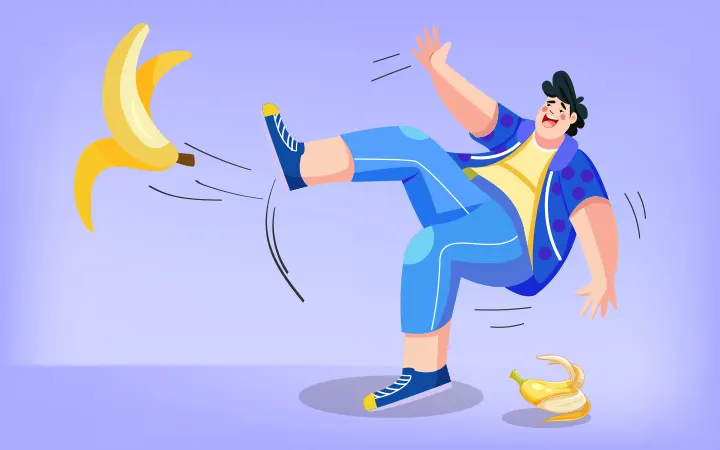
A UX designer’s advantage is that they can think on behalf of both client and user. They understand both needs and create a solution beneficial to both.
But new designers often skip these basic steps. They directly start looking for templates. If you are doing that too, at least follow these basic steps I mentioned:
- Understand your user.
- Understand their problems.
- And most importantly, understand why these problems arise.
When you understand all this, you get a clear vision. Then you can ask ChatGPT the right questions. If you ask AI blindly without understanding, it will give you so many suggestions that you’ll get even more confused.
Finally, remember this:
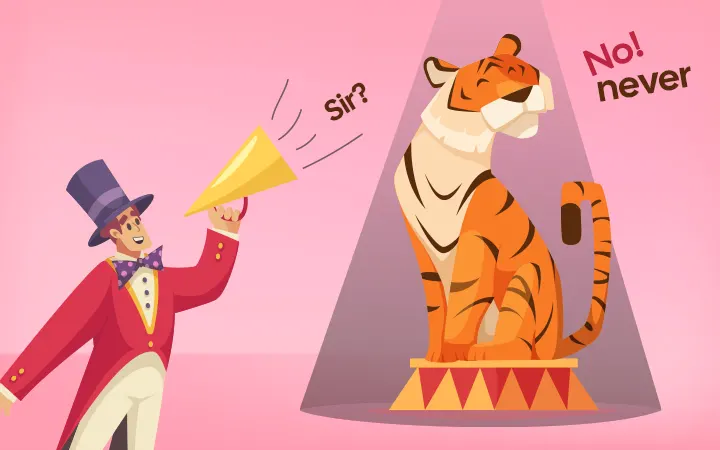
Work smart, work hard, but don’t work laboriously.
Learn to follow the process. In the rush to do things quickly, we often ignore basics. This changes the project’s direction, and by the time we realize it, it’s too late.
So follow the process. You will get results, and your confidence will grow.
This is where your value begins to rise, when people see that you think, plan, and work thoughtfully.
